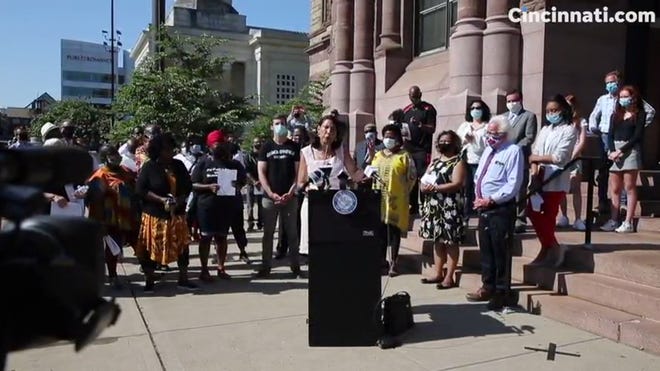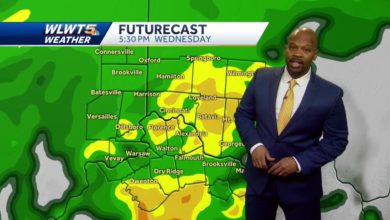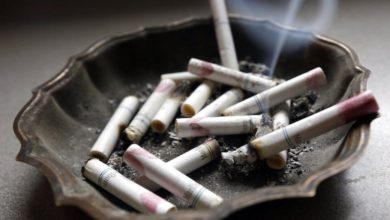
Ohio Gov. Mike DeWine wishes he could issue a statewide school masking order to counter a sharp spike in COVID-19 cases among his state’s children, he said in a Tuesday afternoon news conference.
He can’t.
“What the legislature has made clear is that if we put on a statewide mandate, they will take it off,” he said.
He took a public-relations approach to the crisis instead, inviting leaders from Ohio’s children’s hospitals to describe the high-stress “red-bed” situation they face as fall begins — one in which there are more children than ever fighting COVID-19 on ventilators, fewer medical resources for children with non-COVID illnesses and emergency rooms so packed that families arrive, wait and leave without having their child’s medical complaint addressed.
All of the leaders who spoke Tuesday — representatives from Cincinnati, Dayton and children’s health organizations across the state — want statewide masking in K-12 schools.
But DeWine can’t enact it. Thanks to legislation passed in March 2021, the state congress has the power to overturn health orders issued by the governor, and DeWine said Ohio lawmakers have repeatedly expressed their commitment to overturning a school mask mandate if he were to issue one.
If mask mandates happen, for now, they’ll have to come from local school boards. DeWine and health care representatives appealed directly to board members and parents of school children to take the action that state government can’t.
“Please understand what we’re asking you and please do this small, small thing, and please allow children to wear masks in school, all the grades,” said Dr. Patty Manning, chief of staff at Cincinnati Children’s Hospital. “And please get vaccinated. It means everything right now.”
Cincinnati Children's now has the highest number of COVID-19 patients in the ICU or on a ventilator since the start of the pandemic.
Cincinnati Children's has been studying seven different districts, which Cincinnati Children's agreed not to identify, all of which have a variety of masking rules from optional masks to partial masking to full masking. The data collected showed children are "almost twice as likely to test positive for COVID if they were in a partially masked versus a fully masked school district," said Manning.
The study considered districts with K-6 mandates, or mandates that only applied to classrooms as "partial masking."
DeWine said data from this school year has shown that, statewide, districts with no mask mandate have seen a 54% week-over-week increase in COVID-19 cases for kids. Schools with a mask requirement have only reported a 34% increase in infections.
Debbie Feldman, president and CEO of Dayton Children’s Hospital, said the COVID-19 spike of late summer and early fall was fueled by the highly contagious delta variant of the virus. It’s been infecting more children and putting more strain on hospitals like hers.
“For a long time, it was really perceived as a disease that did not affect our kids in a significant way,” Feldman said. “That belief has been shattered.”
Twenty percent of all COVID-19 cases are in children now, she said. Her hospital had only two beds available to incoming patients on Tuesday; the rest were full up. This is what she calls “red-bed” status, and her hospital’s been in it for more than half of September.
“When our access points are this busy, it prevents the staff from addressing other needs that come into our emergency department,” including injuries from accidents and non-COVID illnesses, she said.
DeWine said he hoped the doctors’ testimony would move school leaders across his state to act — and, if they don’t, move parents to pressure them.
“If I knew anything else to do, I would have done it,” he said. “I’ve done what I can do.”








